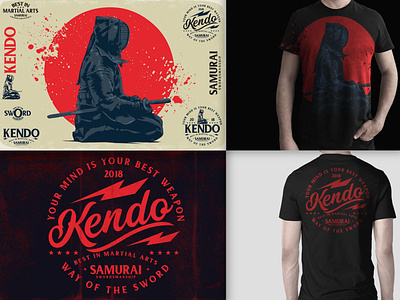KENDO
K E N D O
S A M U R A I S W O R D S M A N S H I P
Philosophy of Kendo
Kendo is a Japanese form of fencing with two-handed bamboo swords, originally developed as a safe form of sword training for samurai.
Kendo means literally ‘the way of the sword’, and has its origin in the martial art developed by the samurai in battlefield combat and in duels. It refers to a way of life shaped by the discipline cultivated through its practice, a discipline that produces perseverance, alertness and concentration. Above all, it requires great introspection, or looking into oneself. When samurai face each other, fear inevitably arises. But from where does this fear come? From the opponent? From the oncoming sword thrust? No – fear arises within oneself. To conquer an opponent, one must first conquer oneself. The ultimate objective of kendo is to internalize challenges. This is the essence of kendo.
Conquering the ego produces mushin – a Buddhist term most commonly used in Zen. Mushin refers to an altered state of consciousness, a state of mind which distinguishes kendo from sport. Of course, sportsmen must conquer fear, and those in the creative arts also experience an altered state of consciousness. But mushin in kendo requires meditation based upon Buddhist philosophy. This is what makes kendo unique. Kendo is not just an art of self-defense – it is designed to create a new human configuration.
*KENDO - Vector illustration.
*Martial arts Collection.
Vintage Martial arts vector graphics.
*Designed for lovers of warriors, samurai, martial arts, mythology, legends.

